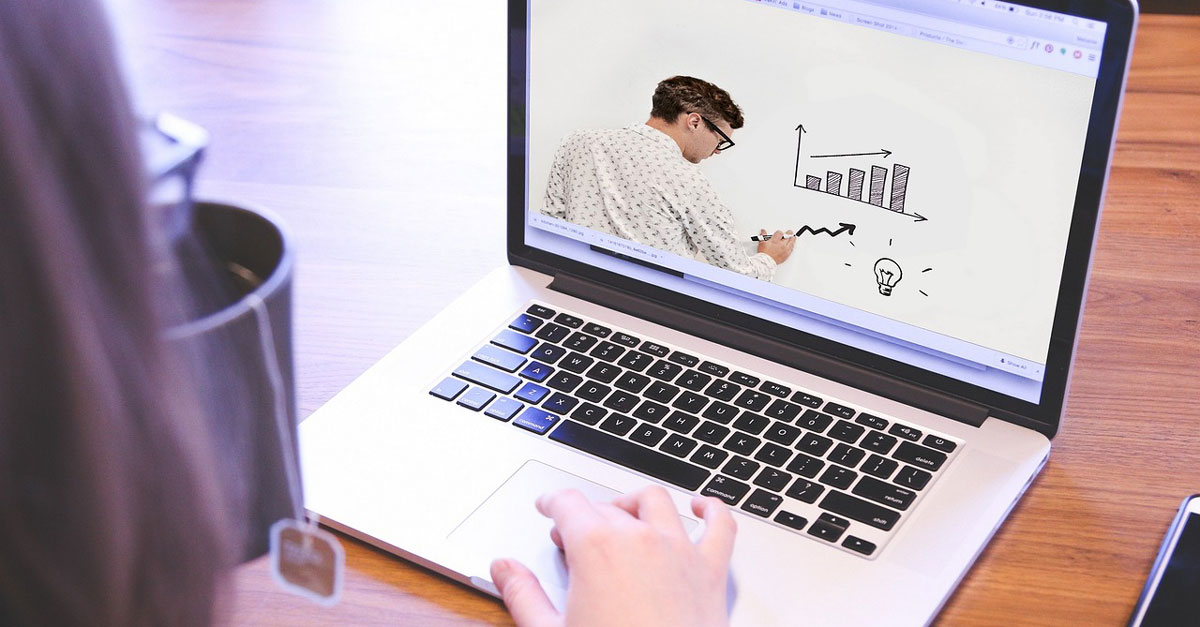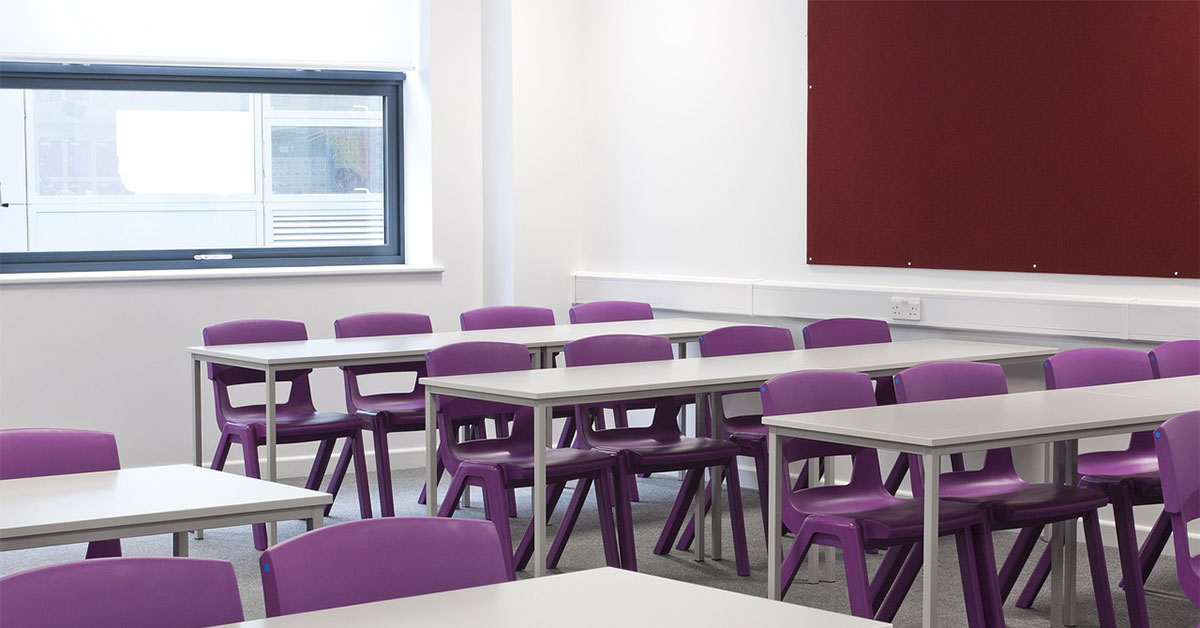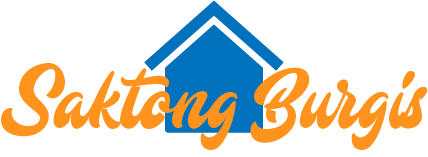Education during the pandemic was a riot. Few schools (mostly universities with “open” programs) have only ever had distance learning programs. When the lock down hit, everyone scrambled to find ways to provide alternative modes of teaching.
Many private schools were able to offer distance learning through online classes. Teachers were able to hold classes through video conferencing platforms like Zoom and Google Meet and use Google Classroom and Microsoft Teams to function as learning management systems.
Now that we’ve pretty much scoffed at the COVID-19 and all related protocols, the return to face-to-face classes also gave schools the opportunity to repackage their curricula by offering blended learning or hybrid learning (often branded as “BlendFlex” or “HyFlex), where some distance learning practices are kept alongside face-to-face classes.
While that seems to be practical, you’d be surprised at home many parents actually feel shortchanged by these modalities.
What Is Blended Learning?
Blended learning happens when you combine face-to-face learning with distance (usually online) learning. Some schools call their blended learning programs “BlendFlex” (blended + flexible) or “HyFlex” (hybrid + flexible). Face-to-face instruction happens in a traditional sense where students engage teachers in a classroom setup. Online learning is often managed through a learning management system (LMS). Students would have to login to a portal where they can access learning content, materials, and activities.

How Is Blended Learning Done?
For this school year (SY 2022 to 2023), the Department of Education (DepEd) announced that face-to-face classes will be back. However, private schools, through its umbrella organizations, lobbied for the continuation of its blended learning programs. Late into the year, the DepEd finally announced that it would be allowing private schools to continue offering blended learning modalities and just do four days face-to-face.
In our kid’s school’s case, she’s in her very early years of schooling. Mondays are her stay-at-home day where she has some online sessions and “learning tasks” to accomplish. For the rest of the days, they report to school for in-classroom that lasts about four hours. They have classes for about four subjects with provisions for recess and lunch. Then, they’re still assigned “learning tasks” to finish in the afternoon.
Why Does It Feel Like a Scam?
Whenever I get to talk to other parents on how blended learning or whatever their kid’s school’s “gimmick” is right now, most of them lament the situation. They feel tired and frustrated and feel like we’re all shortchanged by the situation. No matter how the school packages their program to be the best thing for the new normal, all of it leaves us parents feel like it’s just a scam.
Here are five reasons why it feels that way:
1 – Distorts the COVID Prevention Argument
One of the reasons why blended learning was attractive at the start of the school year is that there’s still a general fear and anxiety of COVID-19. Given it’s the first time kids will be back to schools after the lockdowns and two years of online learning, everyone’s worried that face-to-face classes would be vectors for the spread of disease.
However, the reality is that everyone’s mingling anyway. Sure, schools initially had all these protocols like hand-washing, temperature checks, masks, and social distancing. But if the kids are at school, mingling with each other even for short periods of time, then there’s pretty much almost no point saying that the hours they’re allocating for distance learning is for COVID prevention.

2 – Requires Investment
What some schools seem to be remiss in explaining to parents is the real costs of such a blended learning program. Schools offer set up for learning. Homes aren’t. If students are expected to do half of their schoolwork at home, then it’s optimal to have a conducive learning space to be set up at home too.
Imagine having the need to equip each child with a learning device (preferably one with a bigger screen) and a space (like their own rooms or a home library) so they can attend classes and work on their learning activities with minimal distractions. You had to be pretty burgis to be living in a multi-bedroom home with strong internet and afford giving each kid a tablet or a laptop.
3 – Amount of Homework
I’m even hesitant to call it homework since our kid’s school is packaging learning activities to be done at home as “independent learning tasks.” Some tasks are easy enough for a kid to do. Some, actually require that someone actually teach them the concepts first and then work on a lengthy pen-and-paper activity. It feels like that these are things that should actually be done in a classroom set up but are now shifted to become the home component of the blended learning program.
The time at school has been trimmed to last just 30 minutes. This might be enough if the teacher-to-student ratio is just 1:10. But even for private schools, the ratio is often 1:30. And if the kids are already reporting to school, why not maximize their time there? Just before the pandemic, some schools have already moved towards confining school work on-premises and stop homework entirely. But blended learning just brought it back, and then some.

4 – Need for Adult Supervision
Speaking of “independent,” students can be independent learners but it depends on the type of activities assigned to them. Again, in our case, the school “encourages” that a “learning assistant” be with the students at the primary levels to help out with things like fiddling with the LMS, accessing online resources, and taking pictures of outputs for submission.
However, The activities being assigned in the blended learning program actually require that someone actually explains to the kid concepts that are often not introduced in their face-to-face sessions. The reality demands that the “learning assistant” role functions more like a substitute teacher or private tutor more than just an assistant. The problem is that we’re not trained to be teachers and schools provide little support on how to be effective learning assistants.
If the parents are both busy working and can’t set aside their afternoons to do some heavy tutoring, the kid can get left behind. If you’re burgis enough, you can always hire a tutor.
5 – Almost Same Tuition
Some schools actually make it seem that blended learning is cheaper than face-to-face. When it comes to the tuition, it does seem that way. They rates are a bit lower compared to when it was 100% face-to-face. But when you consider everything like the need for a home learning setup and the time and effort to facilitate the home components of the program, the costs for the students and parents might even be higher. So whatever “discount” in tuition blended learning offers gets charged to parents in some other form.

What Can Be Done to Improve Things?
Let’s try not to be that noisy critic who offers zero solutions. Here are some ways the situation can be improved.
- Schools should first acknowledge and recognize that there are plenty of issues how education . Oftentimes, private schools, especially the established ones, are very touchy when their ways are challenged.
- We must do away with the mindset that parents should be the ones solely responsible for their kids’ learning. It’s a common go-to argument of some against any parent who complains. Sure, we are responsible, but schools saying this is just crazy. Then what’s the point of an educational system? Why not abolish schools and just promote home schooling.
- Schools must be transparent as to what will be demanded of parents. Schools should provide training and guides so that parents can function better as learning assistants.
- Since the COVID-19 pandemic is not transitioning to its endemic phase, schools should just focus on shifting back to fulltime face-to-face. Just continue promoting good health habits but they should stop making it seem that making kids do half of their school work at home is going to curb the spread of disease.

